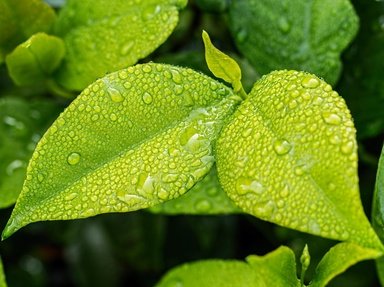Quiz Answer Key and Fun Facts
1. The Pilgrims landed in Massachusetts in November, 1620, so they might not have seen this flower until the following year. Which of these would it have been?
2. Here's a stately fellow. He carries his own parasol, although you will usually find him in shaded woodlands. What is his name?
3. Learning to live on a new continent must have been extremely difficult for the Pilgrims but there were small rewards, such as the chance to see this flower. What is its name?
4. This appears to be a simple shrub but the new immigrants to North America found it could be used as an insect repellant, bird food and the basis for candle making. What is this shrub's name?
5. Shown here is an easy-to-grow flower that is native to eastern and central North America. What name does it go by?
6. Here is one happy honey bee. And why shouldn't she be? This plant produces 15 to 40 small flowers per stem. It is well known in herbal lore and is sometimes called the nosebleed plant. Which plant is it?
7. The cat in this picture is not sleeping. If you look closely, you'll see that his eyes are glazed over. What plant would cause a cat to lose control of itself?
8. Several native New England flowers share the same taxonomic family. This one has several common names. Can you pick one from these choices?
9. The Pilgrims landed at the southern edge of the range of this tree. It likes very cold weather. What is its name?
10. ACHOO! Oh boy, here we go! You can tell it's late summer in New England when this plant buds. Those who suffer from allergies blame goldenrod for their sneezing and red eyes, but this is the real culprit. What is this hardy (and to many, noxious) plant?
Source: Author
CmdrK
This quiz was reviewed by FunTrivia editor
WesleyCrusher before going online.
Any errors found in FunTrivia content are routinely corrected through our feedback system.

